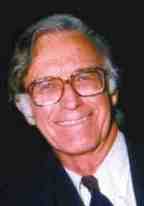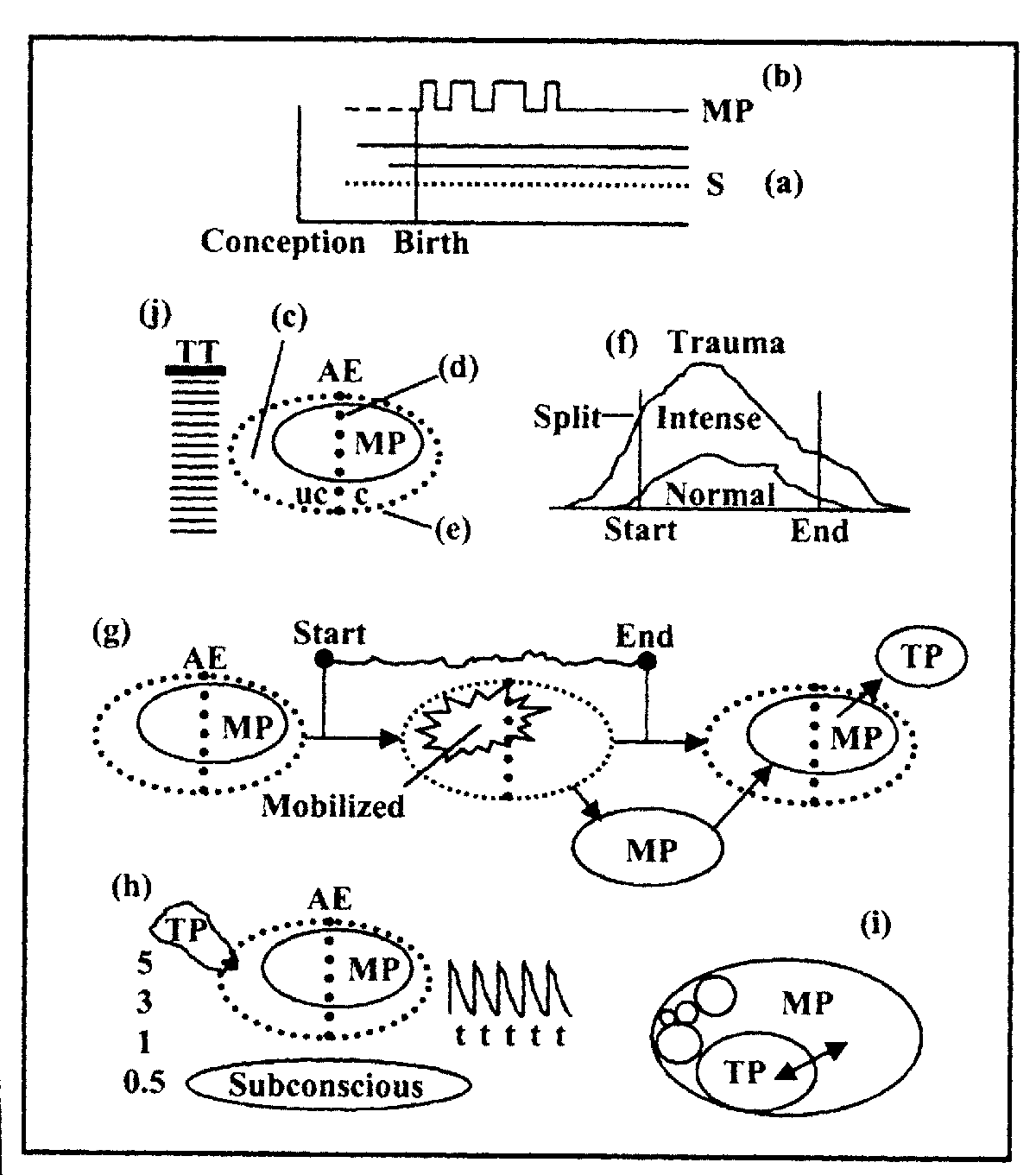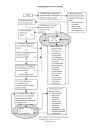Process
Healing:
A
most respectful path to personal growth
by
Garry A. Flint, Ph.D.

Process Healing is a treatment intervention that is very good with all
emotional problems. It is especially useful for persons interested in personal
growth.
We all have negative experiences in our youth or as
adults. These experiences frequently intrude in our thoughts and actions.
Negative experiences do not feel good and reduce our quality of life. With
this treatment process, one can gradually eliminate negative beliefs, memories
and experiences. This healing leads to personal growth. It is accomplished by
using your inner-self healer. I call it the subconscious.
The subconscious is especially useful in everyday
applications. It can learn to heal negative beliefs, memories and experiences
just in the course of life. This means it can operate to automatically reduce
emotional pain interfering with our quality of life. Also, you can simply ask
him/her to treat negative beliefs, memories and experiences as they arise.
Sometimes my patients feel like a different person each day for a number of
days after the first session. This process can certainly facilitate personal
growth.
Process
Healing is taught with metaphors that describe the development of the
subconscious, the main personality, amnesic parts, dissociative parts, brain
functions and other constructs that can be used to treat difficult emotional
issues. I have refined the process over the last nine years. It works because
the metaphors seem similar to the experience of personality parts, memories
and the subconscious. All brain functions and body activities are assumed to
be the effects of memory activity. Therefore, when necessary, one can attempt
to treat any behavior, brain or body issue by using the subconscious.
Process Healing is particularly good for healing
traumatic memory parts. Parts, as used here, refers to amnesic parts,
dissociative parts, active memories or any aspect that has emotional or
physical pain and wants to be healed. With all people, there are usually some
amnesic parts that were formed in utero, at birth, in an accident, in a
near death experience or in a trauma. The treatment of some people is
extremely complex and others straightforward and routine. The treatment of
most people is usually routine. The leverage for getting parts to heal is that
all parts want more satisfaction and less pain. If they don’t, the barrier
for healing can be resolved.
The flow
diagram herewith describes the steps taken when teaching Process Healing.
This involves first organizing the personality system and, later, engaging in
the treatment process. I will walk you through the flow diagram. Organizing
the system requires getting rapport with all parts of your personality. When
you talk to the main personality (MP), you also communicate to all parts of
your personality that are awake (2). They hear the communication. The
description of the development of the personality is an important step in the
teaching the treatment process and establishing rapport. Here’s how it’s
done.
The therapist talks and draws the figures on the paper
shown on the diagram. I start by showing the timeline of, first, the
development of the subconscious (a) (S) and then the development of the main
personality (b) (MP). The subconscious starts developing first. I point out
that words and phrases are learned in some form of memory while in utero.
These words and phrases are later associated with objects and actions after
birth. This causes the language of the subconscious to start working. This
language of the subconscious continues to develop during the remainder of a
person’s life. The main personality develops in a similar way. As we behave,
we add to a memory that is used to run the body. This memory starts before
birth and expands during the remainder of our life. All memory is always
active, waiting to be triggered into experience. If a memory is not in our
experience, it is dormant or asleep.
Our behavior is formed in what I call the active experience (AE) (c). All internal and external stimulation, active behavior memories, emotion memories, unconscious processes and our last response are in the active experience. Some of these active memories form a collage of memories to give us our next response. What we think and do are primarily collages of previously learned memories.

We use the behaviors formed in the active experience to
survive. The dissociative process (d), which causes the conscious and
unconscious experience, is gradually formed adaptively to exclude unnecessary
information from our conscious experience.
The association process (e) has the same function, but it works with
our entire personality memory. When
the association process is damaged by trauma, we may see loose associations,
which gives us too much information, or concrete thinking, which cuts off
information and the ability to understand metaphorical comments.
The presentation continues with a discussion of the
time-line of a traumatic experience (f). This is important in the explanation
of the formation of amnesic parts. Curiously, when there is no memory that is
relevant to the situation to form a response and the emotions are intense, the
brain takes over and mobilizes the most appropriate behavior to try to survive
(g). This rapid mobilization results in the formation of an amnesic trauma
part. The brain mobilizes and pushes the main personality (MP) to sleep. It
doesn’t experience the trauma. The behavior or active memories during the
trauma becomes the memory of the new trauma part. The trauma part (TP) is
later pushed to sleep at the end of the trauma by the return of the main
personality (MP). The main personality leaves and later returns to the active
experience so quickly that there are few associations between the main
personality and the trauma part. This is the cause of amnesia, which keeps the
main personality from knowing what happened during the trauma.
Crucial to establishing rapport is explaining how intense
pain is treated without abreactions or emotional flooding (h). An
individualized treatment plan is developed for each member on the Treatment
Team (4). Each treatment plan involves slowly healing the trauma from start to
finish by treating some pain and waiting briefly before treating the some more
pain. In this way, the chance for emotional flooding is eliminated. This
results in all the pain being removed from the traumatic belief, part or
memory. The emotional pain is replaced by current active neutral or positive
emotions.
After the pain is removed and replaced with neutral or
positive emotions, integration can take place. You talk about the integration
of parts (i) noting that all parts retain their unique structure and no
information is lost. Integration involves the main personality and the trauma
part exchanging memories until both have the same memories. After integration,
they all get to run the body without conflict because they have identical
memories. All integrated parts are able to participate in running the body and
experience good times.
The organizing process involves your convincing parts to
join the treatment team (j) by stressing the reasons for healing (3) and also
by explaining away the reasons for not healing or joining the treatment team
(5). Members of the treatment team will all want to heal their emotional pain,
join with the main personality and work on a consensual basis. You will
establish communication with the subconscious (6) by using finger responses
for “yes,” “no,” “I don’t know,” and “I don’t want to tell
you.” No response is a response too. This is a hypnotic technique but
usually you do not have to go into trance. By using finger responses, your
communication with the subconscious and other aspects of the personality is
made easy. It gives you a way of recognizing problems and solving problems.
The organizing process is continued until all parts are on the treatment team.
Respect of all parts of the personality is shown in the
following way. Several checks are made to be sure that that all parts are on
the treatment team and that they all want the treatment process taught to the
subconscious (7). A further check is made to see that no parts remain with
considerations (8). When you are certain that all parts are on the treatment
team, the treatment process is taught by means of a simple metaphor that most
always works with patients age 7 to 85 (8). After the subconscious is taught
the treatment process, treatment plans are created for all members of the
Treatment Team and barriers are removed to enable automatic, and independent
treatment by the subconscious. (10). This method of treatment is the most
respectful of all treatments.
Independent treatment by the subconscious is really a
great personal growth process. When freed to heal, the subconscious will heal
all negative beliefs, memories, and experiences and aspects just in the course
of life. People who are using this process often notice the treatment process
working during the day. Some of the experiences that people feel when the
process is working are the feeling of numbness in the head, slight head ache
in the fore brain, prickly feeling in the brain, sensations in different
locations of the brain, orfeelings in the body.
Sometime, pictures or words are experienced. When there
is a lot of treatment, a person may become tired or sleepy. It can go on for
days if there is a lot to do.
When a person has a trauma in his/her history, some
professional treatment might have to be carried out to move towards personal
growth. Treatment intervention (11) involves healing parts, painful memories,
self-limiting beliefs, personality traits, and the basis for addictive
behaviors. Problem-solving is sometimes needed to work with parts that awaken
and don’t know what is happening (9). With most of the parts on the
treatment team, there is much less difficulty healing problems than otherwise.
Usually within the first 1-˝ hours of therapy, a therapist can get the
treatment process taught and demonstrated by treating one simple phobia (12).
This is a very good method for overcoming barriers to
personal growth. By using the subconscious and asking questions, barriers can
be identified and healed. The model borrows concepts from learning and chaos
theory. This provides a rich basis for problem-solving or even creating new
memory constructs that lead to treating the problematic behavior or memory. Of
course this may require a skilled practitioner who is especially good at
creative problem solving. But in most cases with relatively normal people,
Process Healing will be a welcome resource to use on the path of personal
growth.
Process healing is available free on the Internet. Access
to the PDF file of the Process-Healing course is given below. When doing it at
home, one may have to read the Process Healing course several times before
permission is obtained to read the metaphor teaching the healing process to
the subconscious. Many persons who have downloaded the Process Healing course
have obtained good results.
To download a free course teaching you the basics: send a
post to: free-ph@emotional-freedom.com.
